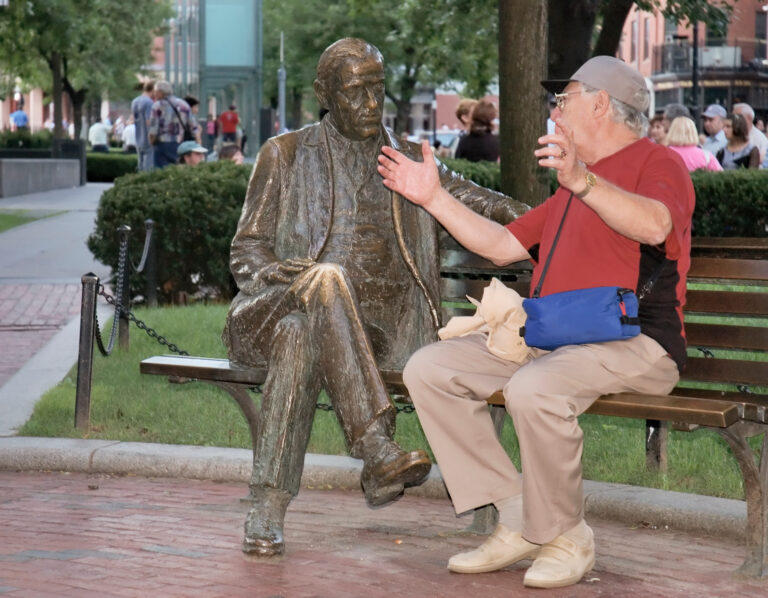Marco Bitran’s story begins in Brookline, Massachusetts—a quiet community just outside Boston, where a deep curiosity for how things work first took root. That curiosity led him to the Massachusetts Institute of Technology (MIT), where he studied electrical engineering. At MIT, Marco Bitran didn’t just study equations and code. He immersed himself in the discipline of systems thinking—learning how individual parts connect to create meaningful results.
He was a member of several national engineering honor societies, including Eta Kappa Nu and Tau Beta Pi. He also rowed with the varsity crew team. “Rowing taught me about rhythm, consistency, and trust,” Marco reflects. “You can’t win if you’re out of sync—even by half a second. It’s all about coordination and showing up fully.”
After graduation, he entered the tech world, working as an engineer at Qualcomm. There, he helped design advanced chips and voice-processing systems for cellular technology. It was a technical role, but it gave him a broader view of how digital infrastructure supports everyday life. Still, something was missing.
“I started to realize I was more interested in the bigger picture,” Marco says. “Not just how the chip worked, but how the whole system came together—who benefited, who didn’t, and what it all added up to.”
That realization led him into finance. He worked first at Morgan Stanley as a corporate finance analyst, then at Wellington Management as a global industry analyst. In both roles, he dug into how companies create—and sometimes lose—value. He learned how capital moves, how businesses scale, and what sustainable growth looks like.
But it wasn’t long before new questions began to emerge. “I kept seeing how much of the financial world was opaque,” he says. “The tools were powerful—but inaccessible. Regular investors were left out of conversations and opportunities.”
This tension between complexity and accessibility became a defining theme in Marco’s work. He began to explore ways to bridge those gaps—between systems and people, between innovation and inclusion.
It’s a pattern that would carry forward into everything he’d go on to build. But it started here: with a kid from Brookline who loved puzzles, a rower who valued alignment, and an engineer who wanted to understand not just the pieces—but the purpose behind them.


